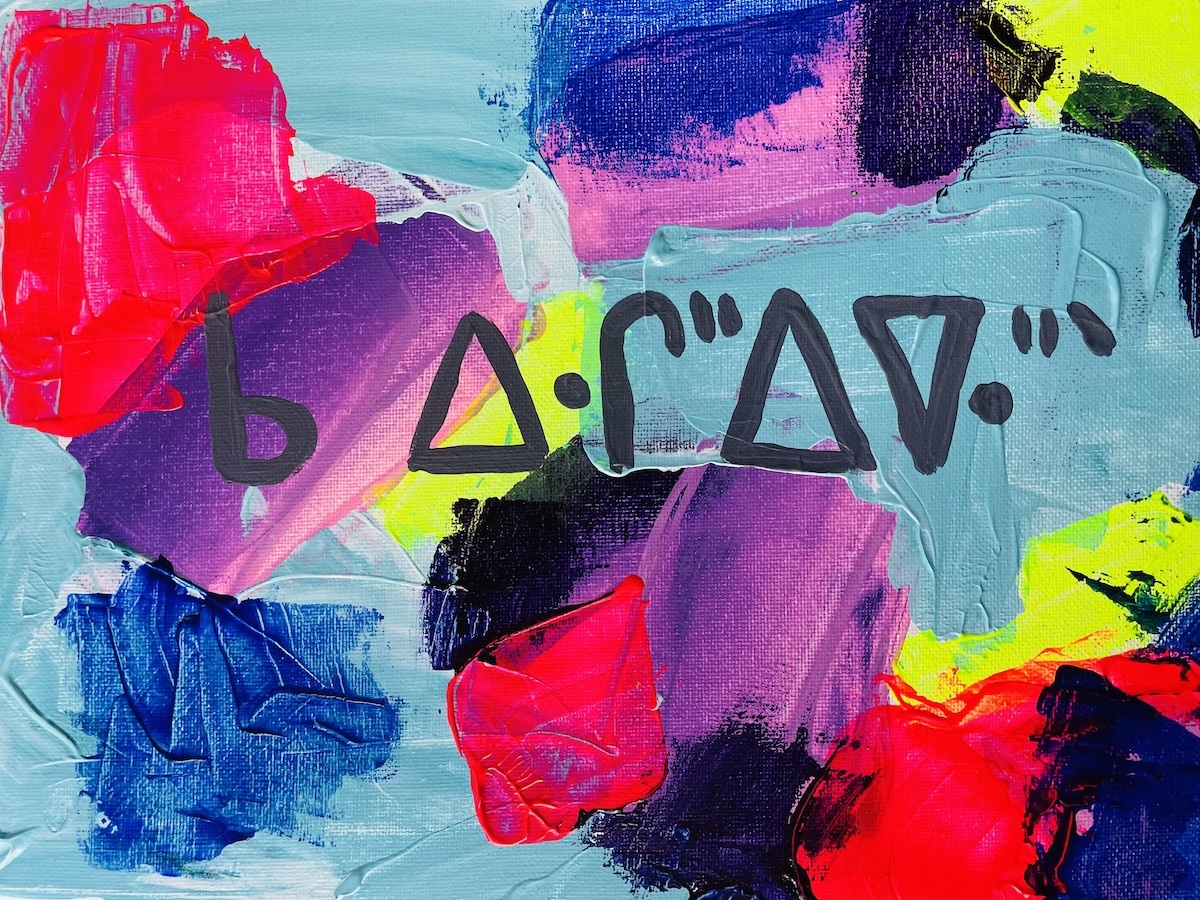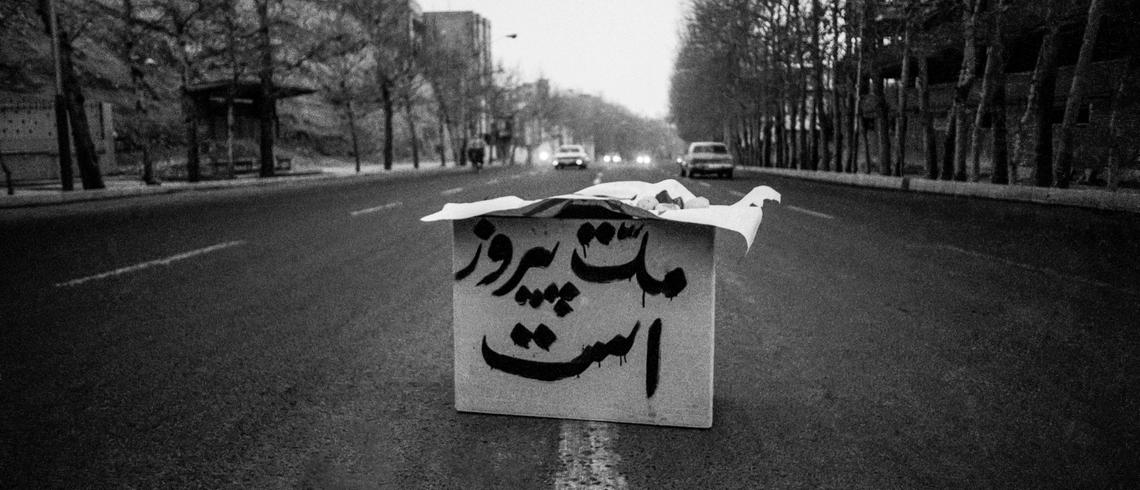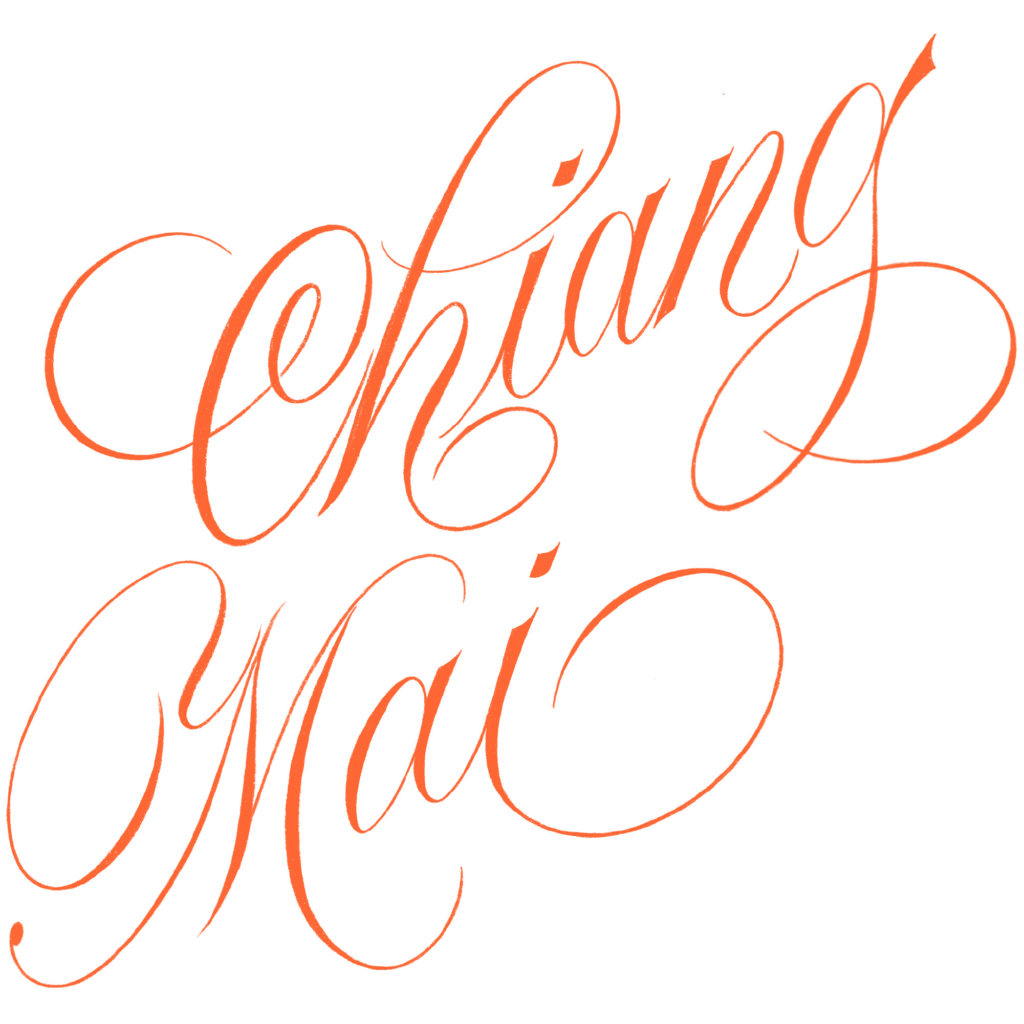Next month, the Type Directors Club will present Ezhishin, a conference focused on Native North American typography. From Friday November 11 – Sunday November 13, the virtual conference will feature the voices and work of Native North American type designers, lettering artists, design educators, printers, researchers, and more. This Q&A with four the Ezhishin presenters, Violet Duncan, Jessica Harjo, Monique Ortman, Sadie Red Wing, and Kathleen Sleboda, highlights some of their ways of working, recommended readings, and what leaving a mark means to them.
Violet Duncan
Violet Duncan is Plains Cree and Taino from Kehewin Cree Nation. Touring nationally and internationally since 1991, she has performed for audiences across the United States, Canada, and Europe through work as a Native American dancer, hoop dancer, choreographer, storyteller, and author. Violet is a former “Miss Indian World”, representing all Indigenous people of North America. After becoming a mother of 4 and seeing the need for Native representation in literature, she took it upon herself to author three award-winning children’s books: I am Native, When We Dance, and Lets Hoop Dance! She has recently joined the family of Penguin Random House with two new children’s books and a middle school novel coming out 2023/24. Violet is the Creative Director of Young Warriors, where she aims to create space for programming of Indigenous performance and practice.


